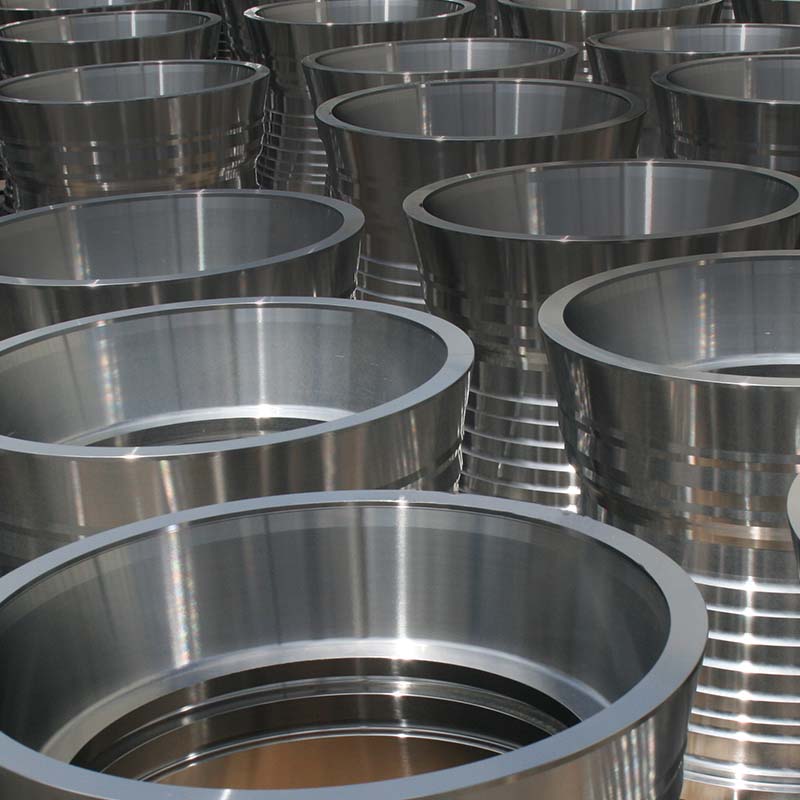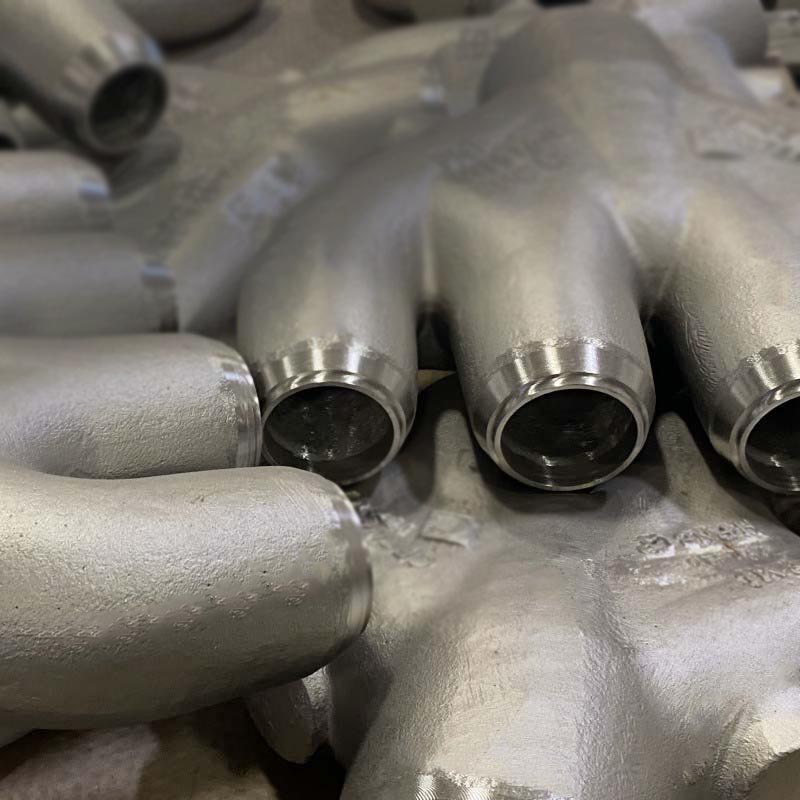Overview
Alloy 86 is a high-performance duplex stainless steel that combines approximately 50% austenite and 50% ferrite, offering exceptional mechanical properties and corrosion resistance. Its composition includes high chromium for enhanced corrosion resistance, nickel and molybdenum for improved pitting resistance, and nitrogen to strengthen the austenite phase. This results in excellent resistance to pitting and stress corrosion cracking, along with high yield strength and good ductility. Widely used in industries such as pulp and paper, chemical processing, oil and gas, and marine applications, Alloy 86 is ideal for demanding environments. Although its initial cost may be higher than standard stainless steels, it provides long-term economic benefits through reduced material thickness, extended service life, and lower maintenance costs. Overall, Alloy 86 is a robust solution for applications requiring both strength and corrosion resistance.
Typical Uses
Pulp and paper suction rolls.
MetalTek Designation
ALLOY 86
Poured At:
Sandusky International Division, Wisconsin Investcast Division
Similar Specifications
Typical Chemical Composition (% by wt.)
Aluminum: n/a
Carbon: 0.02
Chromium: 26
Manganese: 0.8
Iron: BAL
Copper: 2.8
Nickel: 6.8
Lead: n/a
Tin: n/a
Silicon: 0.7
Zinc: n/a
Minimum Mechanical Properties
Frequently Asked Questions
Duplex stainless steel contains a balanced mix of austenitic and ferritic phases, offering high strength, good corrosion resistance, and better stress corrosion resistance than standard austenitic grades.
Super duplex stainless steel contains a higher percentage of chromium, molybdenum, and nitrogen than standard duplex steel, offering enhanced strength and corrosion resistance.
Super duplex stainless steel offers higher levels of chromium, molybdenum, and nitrogen, leading to enhanced strength and corrosion resistance compared to standard duplex grades. Super duplex is generally preferred in extreme environments.
Duplex stainless steels are highly resistant to rust and other forms of corrosion, although they can be susceptible in highly acidic or chloride-rich environments without proper maintenance.
Commonly used in chemical processing, marine environments, oil and gas, desalination plants, medical devices, and food processing equipment.
They offer superior strength, excellent resistance to stress corrosion cracking, and better weldability compared to many austenitic steels.
Duplex steels offer higher strength and better chloride stress corrosion resistance but lower ductility than austenitic stainless steels.
Industries such as offshore oil and gas, chemical processing, marine engineering, and desalination rely on super duplex stainless steel for its corrosion performance.



